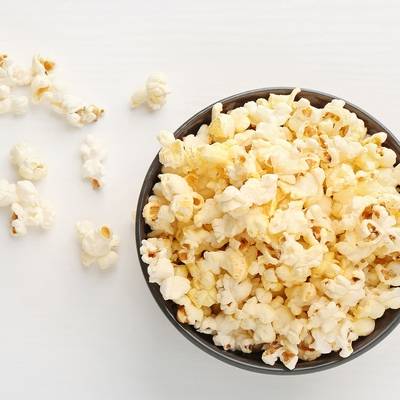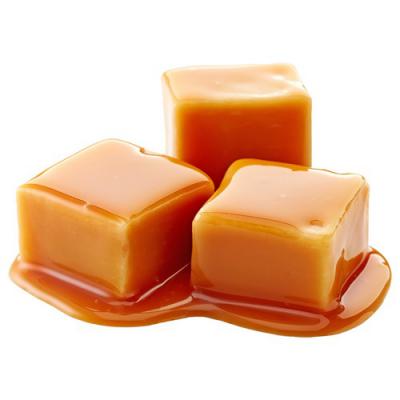Notes in Perfumery

Popcorn in perfumery
Why do we eat popcorn at the movies? Popcorn has a long history dating back to around 3600 BC in Mexico, where it was reportedly discovered by a wealthy farmer...

Rose oxide in perfumery
Rose Oxide: A Harmonious Blend of Chemistry and Perfumery Modern perfumes often combine natural ingredients with synthetic molecules, as the profession of perfumer demands not only exceptional creativity but also...

Coconut in perfumery
Coconut, a tropical delight The coconut is the fruit of the coconut palm, a member of the Arecaceae family. This fruit can measure up to 30 cm in diameter and...

Hazelnut in perfumery
The Hazelnut Harvest The hazelnut is the fruit of the common hazelnut tree, also known as filbert. The term hazelnut also refers to the edible seed contained within the fruit....

Caramel in perfumery
The Origins of Caramel Caramel is a sugar that has lost its water of crystallization through a cooking process. The versatile candy can be enjoyed in liquid, hard, or soft...

What does cashmere wood smell like?
Cashmere Wood: A Laboratory Molecule Discovered in 1970, cashmere wood is a relatively recent addition to the world of fragrance. Technically, cashmere wood is an "alicyclic ketone" with the molecular...

